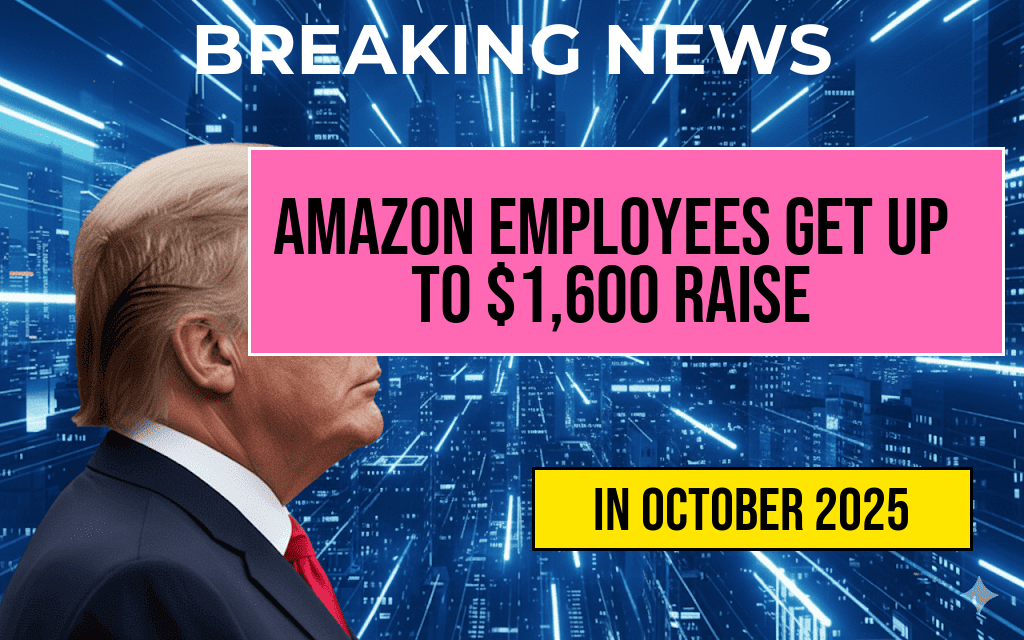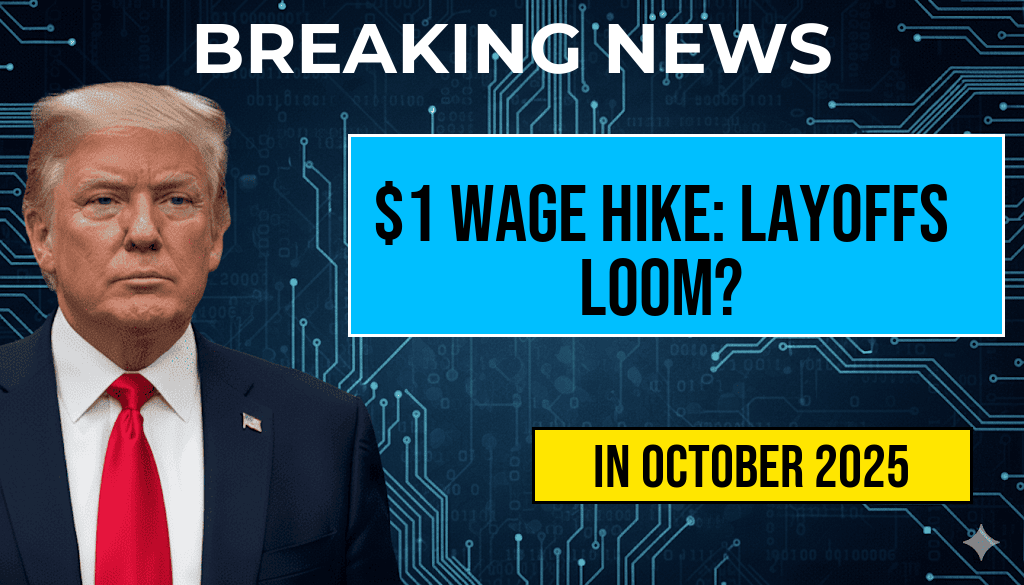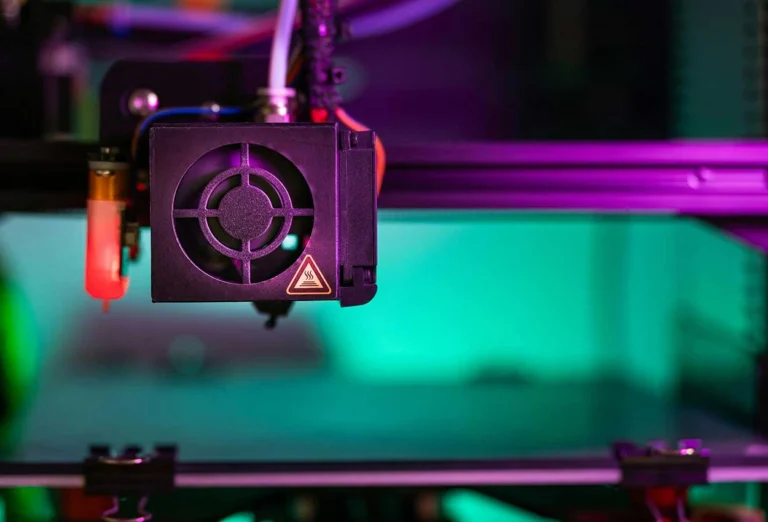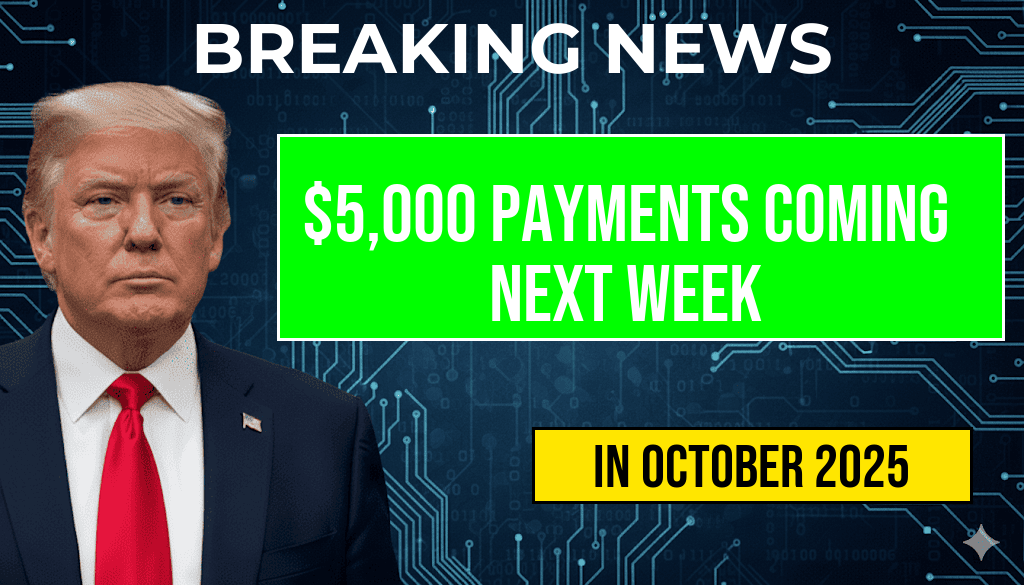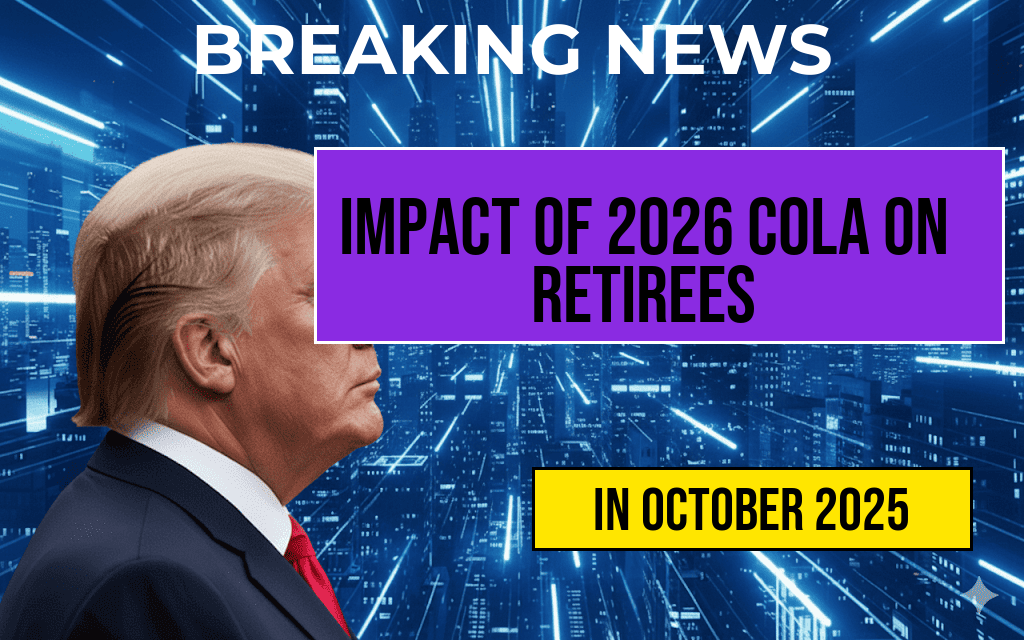The ongoing government shutdown has resulted in a significant shift within the Social Security system, creating a two-tier structure that has left new applicants at a standstill while current recipients continue to receive their benefits. As federal funding remains stalled, the Social Security Administration (SSA) has implemented measures to protect existing beneficiaries, ensuring that their monthly payments are not disrupted. However, those seeking to enroll in the program face an indefinite freeze, raising concerns among advocates and potential beneficiaries about the long-term implications of this unprecedented situation. With millions of Americans relying on Social Security for their livelihoods, the ramifications of this shutdown could be far-reaching.
Current Recipients Remain Unaffected
For the millions of individuals already receiving Social Security benefits, the government shutdown has not introduced any immediate disruptions. The SSA has confirmed that payments for retirees, disabled individuals, and survivors will continue as scheduled. This continuity is crucial for recipients who depend on these funds for essential living expenses.
Details of the Protection Measures
- Direct Deposits: Payments will be processed and deposited into bank accounts as usual.
- Online Services: Current beneficiaries can access their accounts and receive updates through the SSA website.
- Customer Service: SSA offices remain open, albeit with limited staff, to assist beneficiaries with ongoing services.
New Applicants Face Uncertain Future
While current recipients are secure for the time being, the same cannot be said for new applicants. The ongoing shutdown has halted the processing of new applications for Social Security benefits, leaving many individuals in limbo. This freeze affects various groups, including those applying for retirement, disability, and survivor benefits.
Impact on New Applicants
The freeze on new applications comes at a time when many individuals are reaching retirement age or experiencing life-altering events that necessitate applying for Social Security benefits. The inability to process these applications could have significant implications:
- Delays in Financial Support: New applicants may face extended waiting periods before receiving any benefits, which can be detrimental for those who need immediate assistance.
- Increased Backlog: Once the shutdown concludes, the SSA may face an overwhelming number of applications, leading to delays in processing and approvals.
- Emotional and Financial Stress: The uncertainty surrounding application status can add significant stress to individuals and families relying on these benefits.
Government Response and Future Outlook
As the government shutdown persists, lawmakers are under pressure to find a resolution that safeguards not only the interests of Social Security recipients but also addresses the needs of new applicants. Advocacy groups and lawmakers are pushing for expedited measures to ensure that new applicants are not left behind.
Potential Solutions Being Discussed
- Temporary Funding Measures: Some lawmakers are advocating for short-term funding to allow the SSA to continue processing new applications.
- Legislative Proposals: Various proposals are being debated that could provide immediate relief to the Social Security system.
Public Reaction and Concerns
The freeze on new applications has sparked significant public concern, with many potential beneficiaries expressing frustration over their inability to access essential benefits. Social media platforms have become a venue for individuals to voice their experiences and advocate for a swift resolution to the issue.
Voices from the Community
Community organizations are mobilizing to support those affected by the shutdown. Initiatives include:
- Information Sessions: Providing guidance on alternative resources for individuals facing financial hardship.
- Advocacy Campaigns: Encouraging public support for legislative actions that would alleviate the pressure on the Social Security system.
Conclusion
The two-tier Social Security system resulting from the government shutdown highlights the fragility of vital social safety nets in times of political turmoil. While current recipients can breathe a sigh of relief for now, new applicants face an uncertain and potentially daunting future. As discussions continue among lawmakers, the urgency to resolve the shutdown and restore full functionality to the Social Security Administration remains critical.
For more information on the Social Security Administration’s response to the shutdown, visit SSA’s official website or check updates from Forbes and Wikipedia.
Frequently Asked Questions
What is the impact of the government shutdown on Social Security benefits?
The current government shutdown has created a situation where existing Social Security recipients are protected, but new applicants will face a freeze in their applications. This leads to a two-tier system where current beneficiaries continue receiving their benefits without disruption.
Will current Social Security recipients still receive their payments during the shutdown?
Yes, current Social Security recipients are protected during the shutdown and will continue to receive their payments as scheduled. There will be no interruption in their benefits.
What happens to new applicants for Social Security during the shutdown?
New applicants for Social Security will experience a freeze on their applications due to the government shutdown. This means that their applications will not be processed until the government reopens.
How long is the freeze on new Social Security applications expected to last?
The duration of the freeze on new Social Security applications is uncertain and will depend on how quickly the government resolves the shutdown. Until then, new applicants will not be able to submit or process their applications.
Are there any alternative support options for individuals waiting on Social Security applications?
Individuals waiting on Social Security applications may want to explore other forms of assistance, such as state or local aid programs, food assistance, or temporary employment options, while they await the reopening of the application process.

